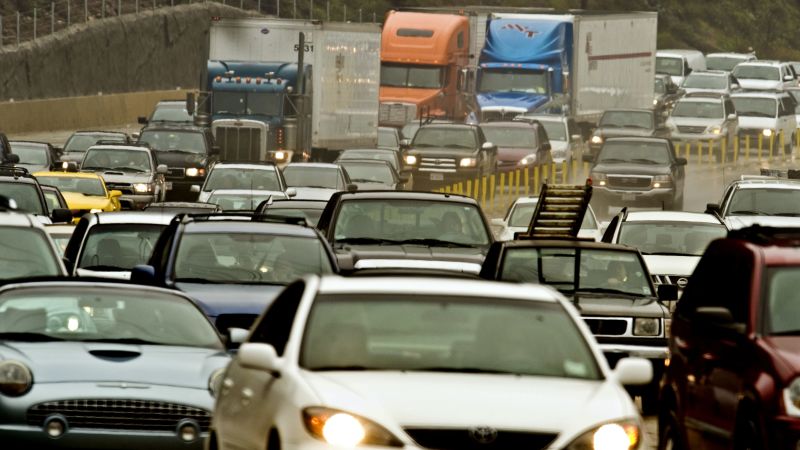A version of this story appears in CNN’s What Matters newsletter. To get it in your inbox, sign up for free here.
The Environmental Protection Agency proposed a plan to remake the way car-obsessed Americans live, using public safety rules to accelerate the shift from internal combustion to electric vehicles.
Just a fraction of the current auto market is EVs, but under standards announced by the EPA Wednesday, up to two-thirds of new vehicles sold in the US would be zero-emission or plug-in hybrid within a decade.
The rules, which are not yet final, would use authority under the Clean Air Act to force auto companies to cut pollution and slash vehicle emissions by more than half. They would phase in with model year 2027 vehicles and be fully implemented by 2032. Read CNN’s full report.
While ambitious, the goals are not unprecedented. They put the federal government on track to catch up with state governments, led by California, that want to stop allowing the sale of internal combustion vehicles by 2035. Read this report from CNN Business about why that’s not as crazy as it seems.
There is a very big legal question mark looming behind California’s action and the EPA’s effort, which still has a public comment and revision period.
The current Supreme Court, dominated by conservative justices, has already shown its scorn for EPA rulemaking and its indifference to addressing climate change. Last year, the court nixed the Biden administration’s plan to curb emissions from existing power plants.
I asked CNN climate reporter Ella Nilsen for her takeaways from the EPA announcement. She offered these key points:
► The standards are ambitious, but doable
If enacted, the newly proposed EPA emissions standards would be one of the Biden administration’s most aggressive climate-change policies yet –…
Read the full article here

Leave a Reply